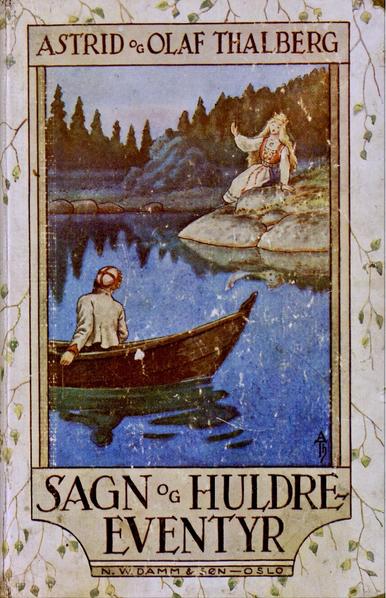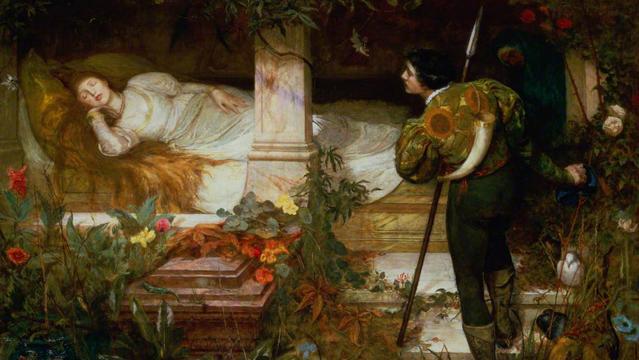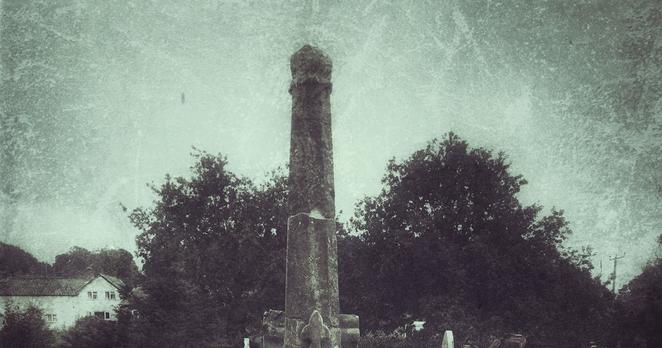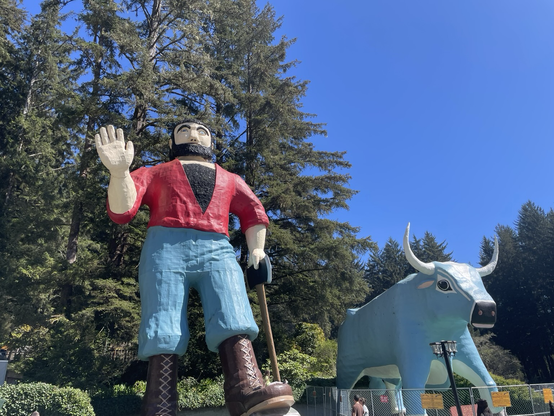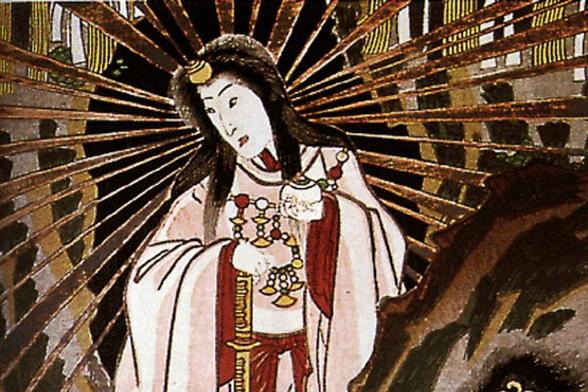And now a troll has creeped me out:
“Now a troll lived in the mountains there in those days, and had been desirous of the girl ever since she had begun to herd her father’s cows, when she was but small. One day, when the girl was scarcely grown up, it spoke to her father, saying that if it could have the girl, then it would do what it could for her father and her folk.”


